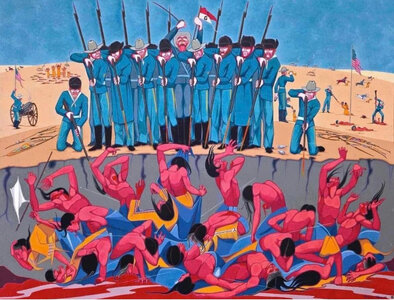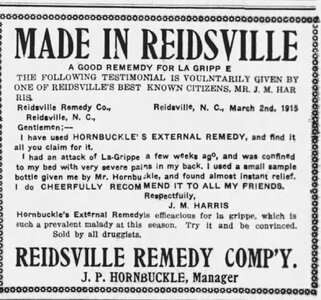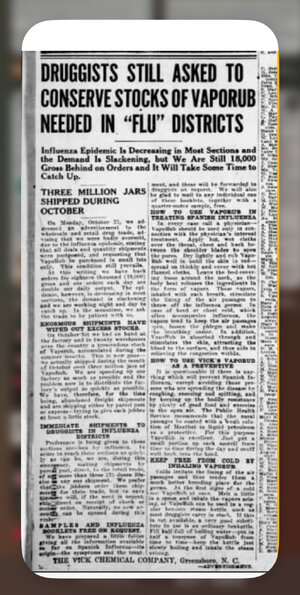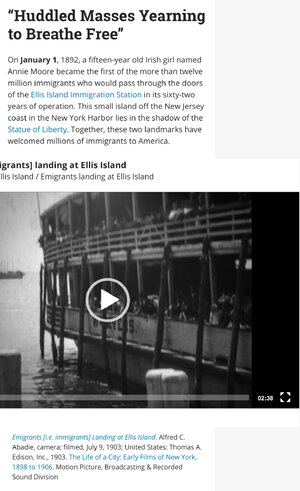THE EMANCIPATION OF ABE LINCOLN by Eric Foner
December31, 2012
ONE hundred and fifty years ago, on Jan. 1, 1863, Abraham Lincoln presided over the annual White House New Year’s reception. Late that afternoon, he retired to his study to sign the Emancipation Proclamation. When he took up his pen, his hand was shaking from exhaustion. Briefly, he paused — “I do not want it to appear as if I hesitated,” he remarked. Then Lincoln affixed a firm signature to the document.
Like all great historical transformations, emancipation was a process, not a single event. It arose from many causes and was the work of many individuals. It began at the outset of the Civil War, when slaves sought refuge behind Union lines. It did not end until December 1865, with the ratification of the 13th Amendment, which irrevocably abolished slavery throughout the nation.
But the Emancipation Proclamation was the crucial turning point in this story. In a sense, it embodied a double emancipation: for the slaves, since it ensured that if the Union emerged victorious, slavery would perish, and for Lincoln himself, for whom it marked the abandonment of his previous assumptions about how to abolish slavery and the role blacks would play in post-emancipation American life.
There is no reason to doubt the sincerity of Lincoln’s statement in 1864 that he had always believed slavery to be wrong. During the first two years of the Civil War, despite insisting that the conflict’s aim was preservation of the Union, he devoted considerable energy to a plan for ending slavery inherited from prewar years. Emancipation would be undertaken by state governments, with national financing. It would be gradual, owners would receive monetary compensation and emancipated slaves would be encouraged to find a homeland outside the United States — this last idea known as “colonization.”
Lincoln’s plan sought to win the cooperation of slave holders in ending slavery. As early as November 1861, he proposed it to political leaders in Delaware, one of the four border states (along with Kentucky, Maryland and Missouri) that remained in the Union. Delaware had only 1,800 slaves; the institution was peripheral to the state’s economy. But Lincoln found that even there, slave holders did not wish to surrender their human property. Nonetheless, for most of 1862, he avidly promoted his plan to the border states and any Confederates who might be interested.
Lincoln also took his proposal to black Americans. In August 1862, he met with a group of black leaders from Washington. He seemed to blame the presence of blacks in America for the conflict: “but for your race among us there could not be war.” He issued a powerful indictment of slavery — “the greatest wrong inflicted on any people” — but added that, because of racism, blacks would never achieve equality in America. “It is better for us both, therefore, to be separated,” he said. But most blacks refused to contemplate emigration from the land of their birth.
In the summer of 1862, a combination of events propelled Lincoln in a new direction. Slavery was disintegrating in parts of the South as thousands of slaves ran away to Union lines. With the war a stalemate, more Northerners found themselves agreeing with the abolitionists, who had insisted from the outset that slavery must become a target. Enthusiasm for enlistment was waning in the North. The Army had long refused to accept black volunteers, but the reservoir of black manpower could no longer be ignored. In response, Congress moved ahead of Lincoln, abolishing slavery in the District of Columbia, authorizing the president to enroll blacks in the Army and freeing the slaves of pro-Confederate owners in areas under military control. Lincoln signed all these measures that summer.
The hallmark of Lincoln’s greatness was his combination of bedrock principle with open-mindedness and capacity for growth. That summer, with his preferred approach going nowhere, he moved in the direction of immediate emancipation. He first proposed this to his cabinet on July 22, but Secretary of State William H. Seward persuaded him to wait for a military victory, lest it seem an act of desperation.
Soon after the Union victory at Antietam in September, Lincoln issued the Preliminary Emancipation Proclamation, a warning to the Confederacy that if it did not lay down its arms by Jan. 1, he would declare the slaves “forever free.”
Lincoln did not immediately abandon his earlier plan. His annual message to Congress, released on Dec. 1, 1862, devoted a long passage to gradual, compensated abolition and colonization. But in the same document, without mentioning the impending proclamation, he indicated that a new approach was imperative: “The dogmas of the quiet past, are inadequate to the stormy present,” he wrote. “We must disenthrall our selves, and then we shall save our country.” Lincoln included himself in that “we.” On Jan. 1, he proclaimed the freedom of the vast majority of the nation’s slaves.
The Emancipation Proclamation is perhaps the most misunderstood of the documents that have shaped American history. Contrary to legend, Lincoln did not free the nearly four million slaves with a stroke of his pen. It had no bearing on slaves in the four border states, since they were not in rebellion. It also exempted certain parts of the Confederacy occupied by the Union. All told, it left perhaps 750,000 slaves in bondage. But the remaining 3.1 million, it declared, “are, and henceforward shall be free.”
The proclamation did not end slavery in the United States on the day it was issued. Indeed, it could not even be enforced in most of the areas where it applied, which were under Confederate control. But it ensured the eventual death of slavery — assuming the Union won the war. Were the Confederacy to emerge victorious, slavery, in one form or another, would undoubtedly have lasted a long time.
A military order, whose constitutional legitimacy rested on the president’s war powers, the proclamation often disappoints those who read it. It is dull and legalistic; it contains no soaring language enunciating the rights of man. Only at the last minute, at the urging of Treasury Secretary Salmon P. Chase, an abolitionist, did Lincoln add a conclusion declaring the proclamation an “act of justice.”







